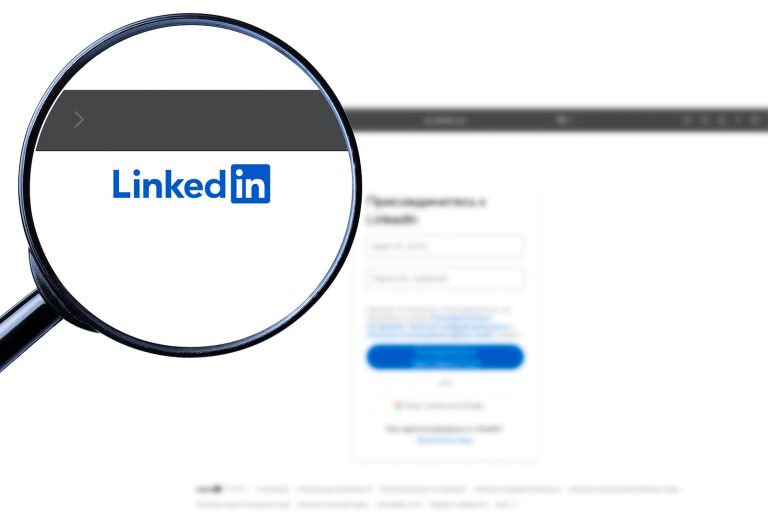Building an Effective Social Media Content Calendar
Social media has become a vital tool for businesses to connect with their target audience, build brand awareness, and drive traffic to their websites. With millions of users active on various platforms, it is crucial for businesses to have an effective social media strategy in place.
One key component of a successful social media strategy is a well-planned content calendar. A content calendar helps businesses organize their social media posts, maintain consistency, and ensure that their content aligns with their broader marketing goals. In this blog post, we will discuss the steps involved in building an effective social media content calendar.
Define Your Goals and Target Audience
Before you start creating a content calendar, it’s essential to have a clear understanding of your goals and target audience. Defining your goals will help you determine the purpose of your social media presence. Whether it is to increase brand awareness, drive website traffic, generate leads, or enhance customer engagement, having a specific goal in mind will shape your content strategy.
Additionally, understanding your target audience is crucial for creating content that resonates with them. Conduct market research, analyze demographic data, and consider customer preferences to build a profile of your ideal customer. This will help you tailor your content to their desires, demands, and pain points. By aligning your content with your target audience’s interests and needs, you can establish a deeper connection, build trust, and ultimately drive better results.
Choose the Right Social Media Platforms
In a vast sea of social media platforms, it’s essential to select the ones that align with your target audience and business objectives. Begin by identifying where your audience spends most of their time online. For instance, if you’re targeting a younger demographic, platforms like Instagram, TikTok, or Snapchat might be more suitable. On the other hand, if your audience consists of professionals and businesses, LinkedIn could be a better choice.
Additionally, consider the nature of your business and the type of content you plan to share. For visual-based industries like fashion, design, or travel, platforms like Instagram and Pinterest offer great opportunities to showcase your products or services. Understanding your target audience’s platform preferences and aligning them with your content goals will ensure that you’re investing your time and resources in the right places. By choosing the right platforms, you can focus your efforts and resources effectively, reaching the maximum number of potential customers and achieving better engagement and conversions.
Plan Your Content Themes
Once you have clarity on your goals, target audience, and chosen social media platforms, it’s time to plan your content themes. Content themes help you maintain a consistent and cohesive brand identity across your social media channels. Start by brainstorming ideas that align with your industry, products or services, and the interests of your audience.
Look for emerging trends, relevant topics, and upcoming events that you can capitalize on. For example, if you’re a fitness brand, your content themes could include exercise tips, healthy recipes, motivational quotes, and before-and-after success stories. By planning your content themes in advance, you’ll have a roadmap to follow, making it easier to generate fresh ideas and stay relevant. This approach will also help you avoid content gaps or repeating the same type of posts, keeping your audience engaged and coming back for more.
Establish a Posting Schedule
Consistency is key on social media. Establishing a posting schedule that suits your audience’s online behavior and aligns with your goals is crucial. Evaluate your insights and analytics to determine when your audience is most active and engaged. This will help you optimize your posting times for maximum visibility and interaction with your content. Depending on your target audience and industry, you may need to post daily, a few times a week, or even multiple times a day.
However, more important than the frequency of posting is the quality of your content. It’s better to have a well-crafted, high-value post a few times a week than to constantly publish mediocre content. Utilize social media scheduling tools like Hootsuite, Buffer, or Sprout Social to plan and automate your posts in advance. This allows you to maintain a consistent presence without constantly having to manually publish content. By sticking to a well-planned posting schedule, you create an expectation for your audience, increase brand visibility, and foster engagement with your content.
Create and Curate Content
With your content themes and posting schedule in place, it’s time to create and curate captivating content. Developing engaging and visually appealing posts that resonate with your audience is crucial to keeping them interested and increasing their interaction with your brand. Create a variety of content types, such as informative blog posts, eye-catching visuals, entertaining videos, and thought-provoking infographics. Strive for a balance between promotional content and educational or entertaining content that provides value to your audience.
Additionally, don’t shy away from utilizing user-generated content (UGC) and influencer collaborations. UGC can help build trust and authenticity, while influencers can amplify your message and reach a wider audience. Curating content from relevant sources and sharing industry news, useful tips, or inspiring quotes can also provide valuable information to your audience. This mix of created and curated content allows you to offer a well-rounded, engaging experience for your followers.
Analyze and Optimize
Building an effective social media content calendar is an ongoing process that requires continuous analysis and optimization. Regularly monitor and analyze your social media metrics to gain insights into what is working and what isn’t. Pay attention to engagement rates, reach, click-through rates, and conversions to understand which types of content resonate the most with your audience. Identify patterns and trends in your data to inform future content decisions.
Experiment with different types of content formats, posting times, and calls-to-action to optimize your social media presence. Consider using social media analytics tools provided by the platforms themselves or third-party tools like Google Analytics or social media management software to track your performance accurately. By consistently analyzing and optimizing your content strategy, you can refine your approach, better cater to your audience’s preferences, and achieve improved results over time.
Stay Organized and Flexible
While your social media content calendar provides structure, it’s important to remain adaptable and open to new opportunities. A content calendar should serve as a guide rather than a strict set of rules. Stay organized by using spreadsheets, project management tools, or content planning software to track your planned and published content. This allows you to maintain an overview of your strategy and ensure consistency.
However, be prepared to adjust your calendar based on current events, industry trends, or changes in your business objectives. Embrace agility in your content planning to take advantage of timely opportunities or address unforeseen circumstances. By maintaining a balance between organization and flexibility, your social media content calendar becomes a dynamic tool that supports your overall marketing strategy.
Building an effective social media content calendar is a valuable investment of time and effort. It helps ensure that your social media presence remains consistent, your content aligns with your goals and target audience, and your brand maintains a strong and engaging online presence. With a well-thought-out content calendar, you can effectively plan, create, and distribute valuable content that resonates with your audience and drives meaningful results for your business.
Want To Know More About Social Media Success?
Social Maestro’s social media management services offer numerous benefits to businesses of all sizes. From creating a comprehensive social media strategy to analyzing results, Social Maestro’s experienced team can help you improve your online presence, increase engagement, enhance customer service, and ultimately grow your business. If you are looking to take your social media to the next level, consider partnering with Social Maestro.








Your post is right on time for me.
I plan to create a social media content calendar by the end of this month and was feeling a bit lost on how to start. Your article laid out the process in such a clear way I now have the confidence and know-how to get it done. I hadn’t considered the need for flexibility in the content calendar, so thank you for that insight.
A big “thank-you” for demystifying this process for me. Your step-by-step breakdown transformed this task from overwhelming to entirely manageable. I do so appreciate you, Paul.
Hey there, Florence! Thanks a million for your awesome comment, and I’m thrilled to hear that the post came at the right time for you.
Creating a social media content calendar can be a bit of a puzzle, but I’m stoked to know that my article helped clear things up. Flexibility is key, right? You’ve got this, and I’m here cheering you on. Rock that content calendar!
I’ve heard of content calendars but have not done one. I’m sure it would make life easier. One of the many things that would be work at first, but pay off in the end.
Thanks for explaining.
Laurie
Hey Laurie,
You’re absolutely right! Content calendars can feel like a bit of work to set up, but they’re like a recipe for a stress-free content creation buffet. Just gotta get through that prep, and you’ll be feasting on organized posts in no time. Bon appétit!
This will definitely come in handy for me without a doubt as I restructure my business leading into 2024. Thank you.
Good luck with that, Davood! You have 2 solid months (plus a little bit) get get the momentum moving!